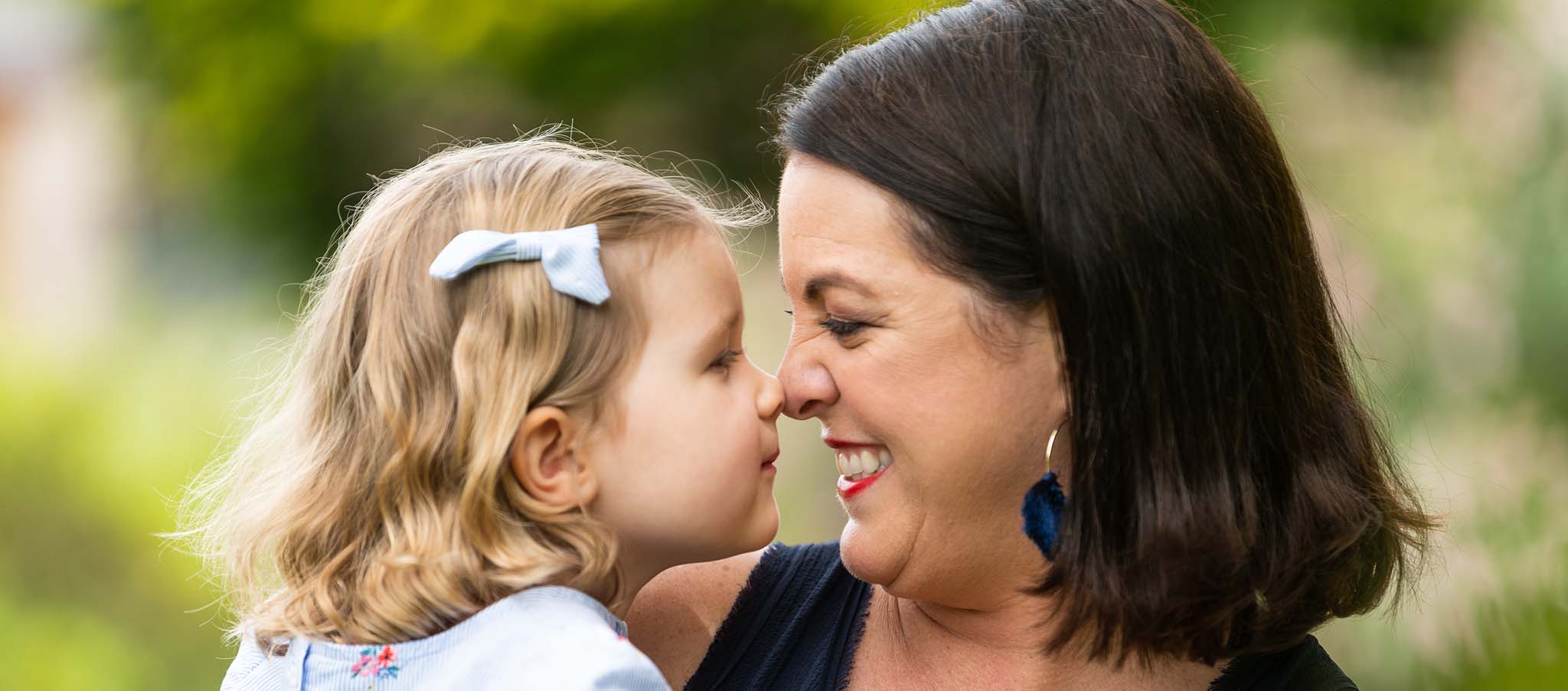Matilda is a busy four-year-old. Like most children of her age, she wants to do everything herself but due to living with Spinal Muscular Atrophy (SMA) sometimes Matilda needs a little extra help.
SMA is a rare genetic, neuromuscular disease that progressively destroys motor neurons.1 Motor neurons are responsible for essential skeletal muscle activity, so without intervention SMA causes the individual’s muscles to waste away.1 Muscle weakness and atrophy can cause difficulty with the most basic functions of life including walking, eating, and breathing.1
Matilda’s mother, Seona, had a normal pregnancy with Matilda but started to notice that something was not quite right when her daughter was around three to four months old.
“She was floppy, had a weak cry, slight hand tremor’s, reflux, and wasn’t able to bear any weight on her legs. It later became known to us that these were symptoms of Spinal Muscular Atrophy,” Seona says.
SMA affects approximately one in 6,000 to 10,000 live births.2 There are four primary forms of the disease – Type 1, Type 2, Type 3, and Type 4 – each determined by the age of onset and the physical milestones achieved.1 Some children with SMA may not achieve major motor milestones such as rolling, sitting, and walking.1
Seona and her husband Hugo were referred to a neurologist where Matilda was diagnosed with SMA Type 1 at the age of 11 months.
This was an incredibly difficult time. Seona recalls, “I looked at Hugo and he had tears in his eyes. I didn’t really know what it all meant.” The couple already had one healthy child, Matilda’s sister, Chloe, and has no family history of any chronic conditions.
“It’s a time that will be indelibly etched in my mind,” says Hugo. “The uncertainty about her diagnosis and where we would be going in the future was pretty intense.”
Between one in forty and one in sixty people unknowingly carry the gene responsible for SMA.2 If a couple already has a child with the disease, each of their subsequent children has a one-in-four chance of inheriting SMA.2 Parents of children with SMA are usually unaware they carry the faulty genes and often have not heard of SMA until their child has been diagnosed.
The broader SMA community supported Seona and Hugo throughout this time, guiding them through Matilda’s diagnosis and continue to be a source of support for the family.
“I think the biggest thing is the emotional support that you gain from the community and just simply knowing that you’re not alone is a big help. The community is amazing to support us parents and families, as well as the adults that have Spinal Muscular Atrophy,” says Seona.
